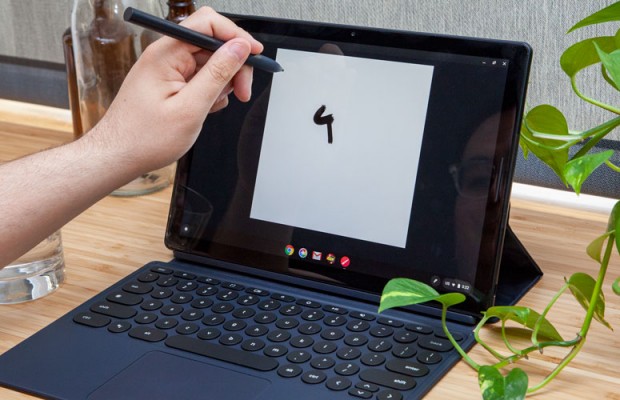5 Reasons to Buy the Google Pixel Slate (and 4 Reasons to Skip It)
Google's Pixelbook set a pretty great precedent for Chrome OS machines, one that the new Pixel Slate doesn't exactly match. While the new tablet has a great screen — which it has to, as a $599 tablet — not everything is fine and dandy in Chrometown. For all the productivity enabled by this machine's keyboard and external-device support, a Bluetooth bug will throw a wrench into your work and the Pixel Slate gets heavy (and pricey) as a laptop.
So, while the Pixel Slate has a lot going for it, there's enough happening here to make you reconsider before pressing Buy. Here are the key pros and cons.
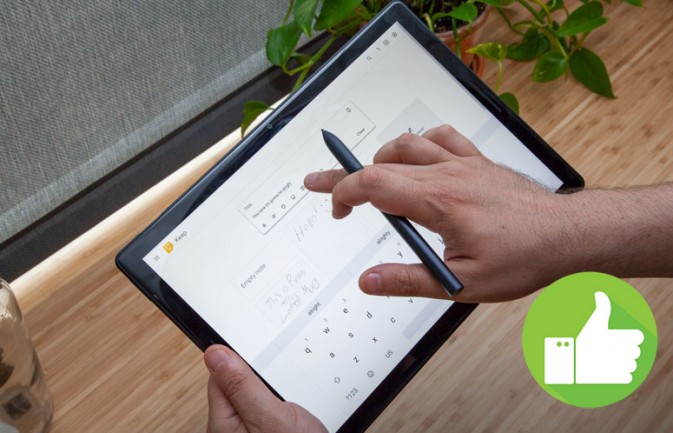
A touch-ready Chrome OS
The Pixel Slate isn't the first Chrome OS tablet, but it's got all the optimizations needed for taps and touch. From the larger touch targets introduced in Chrome 69 to a new Time Menu, the Chrome OS side of this tablet is designed for a hands-on experience (more about the slate's Android side later). The most impressive change comes in the on-screen keyboard, which has both a shrunken mode, which takes up less screen space, and on-the-fly handwriting recognition, so you can scrawl on your documents with the tip of a finger or a stylus. MORE: Google's Pixel Slate Takes Aim at iPad Pro with Chrome OS

Gorgeous display
A tablet's worth is nearly defined by its screen, and the Pixel Slate's panel is great. The 12.3-inch, 3,000 x 2000-pixel display measures a dense 229 pixels per inch, which enables crisp, beautiful images. I saw that while watching the 4K remaster of Suspiria and the trailer for Pokémon: Detective Pikachu. And since this screen gets plenty colorful and bright (producing 120 percent of the sRGB spectrum and emitting up to 337 nits), I was impressed by the rich, saturated reds and splashes of light in Suspiria and the fine hairs of the electric-yellow gumshoe in Pokémon.

A USB Type-C port you can work with
Slotting the Pixel Slate into my desk setup at home was a breeze, thanks to the tablet's USB Type-C port, which supports a ton of accessories. With my trusty USB 3.0-to-Type-C adapter, I managed to connect my 10-port USB hub, and so my six external hard drives, mechanical keyboard, mouse, sound system and microphone all showed up as options in Chrome. While that external storage gives the Pixel Slate a huge leg up on the iPad, the support for a mouse and a cursor means a whole lot more to people who don't want to always use touch screens.
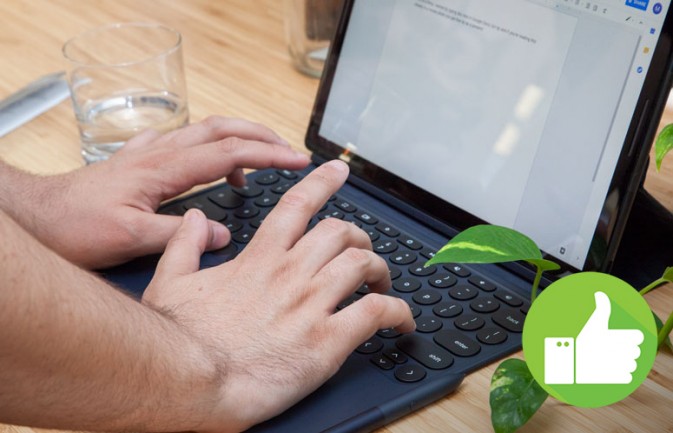
A fantastic typing experience
The biggest surprise of the Pixel Slate came in its optional ($199 extra) attachable keyboard, which was a joy to type on. Not only do its keys feel surprisingly comfortable for typing (especially with their shallow 1.1 millimeters of travel and relatively low 0.6 grams of required actuation force), but also, the cool-looking circular key caps don't result in the errors we normally see. On top of that, the Slate's Hush key mechanisms muffle the noise of loud typers, and the tablet's easily adjustable back piece means you can move between 90 and 135 degrees.
Sign up to receive The Snapshot, a free special dispatch from Laptop Mag, in your inbox.
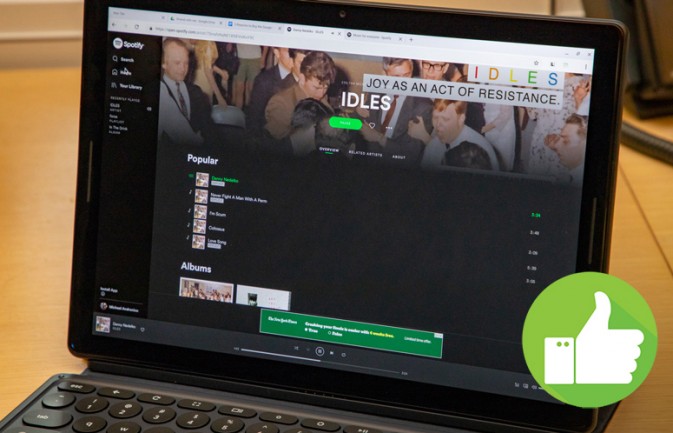
Strong sound
When I tested the Pixel Slate, I was getting tired of a nearby clothes dryer that was making a racket. Fortunately, when I turned up the Pixel Slate to full blast, the big sounds of the post-rock band Idles came through mightily strong. So strong, in fact, that I soon forgot I had that laundry going upstairs, as the heavy bass riffs hit and the vocals of singer Joe Talbot filled the room.
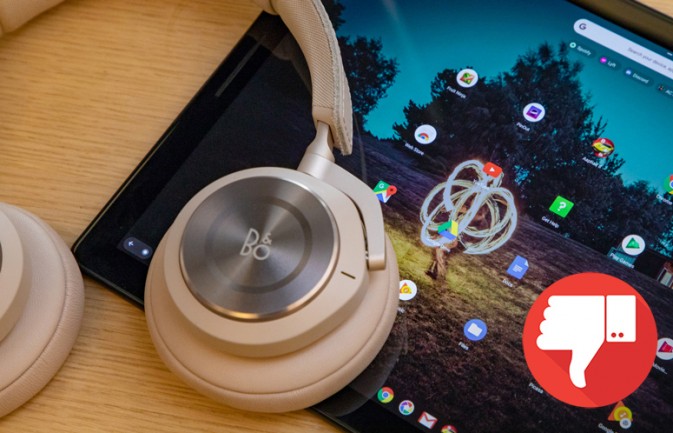
Weird Bluetooth bugs
But there's a reason why I'm not recommending the Pixel Slate to everyone I know. Out of the blue, whilst I typed on the Pixel Slate at a Starbucks, listening to the Skrillex hit "Bangarang," I was surprised to find that my Bluetooth headphones had disconnected from the Pixel Slate. Suddenly, I was sharing my tacky music taste with the strangers around me — and shooting an email to Google asking them if this was a known bug. A rep confirmed that they'd heard similar reports and that they were working on a fix. Until they find one, users have this one major reason — remember, the Slate doesn't have a dedicated headphone jack — to wait for Google to get its act together.
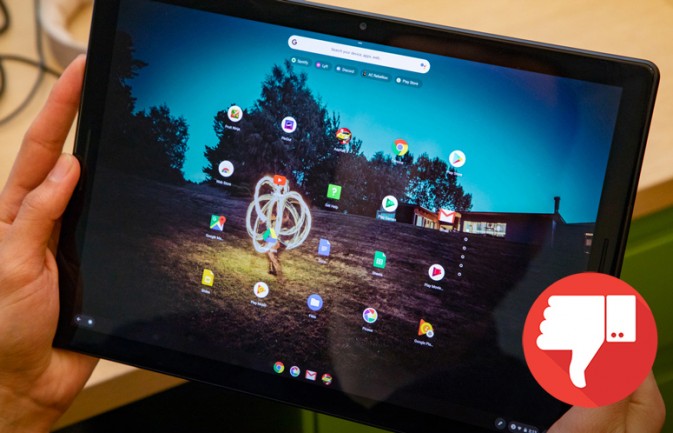
Android apps aren't quite there yet
So, what's the point of emulating Android apps on the Pixel Slate's beautiful, gigantic (compared to a Pixel 3) screen if the apps don't fit? Many apps can't be resized, allowing you to view them only at the original phone size or in full-screen mode (or both, if you're lucky). Even Google's own YouTube app doesn't look great on the Slate, with buttons rendering so small that tapping them feels like effort. MORE: Google's Pixel Slate Wants to Replace Your Laptop

It gets heavy in laptop mode
For as much as I love the Pixel Slate's keyboard, docking the slate and keyboard together brings the total weight up to 2.9 pounds. That's half a pound heavier than the docked Surface Pro 6 (2.4 pounds) and 0.6 pounds heavier than the docked 12.9-inch iPad Pro (2.3 pounds). Also, the Google Pixelbook — which is still great — is also significantly lighter, at 2.5 pounds. There goes your portability, leaving you wondering about getting a regular laptop
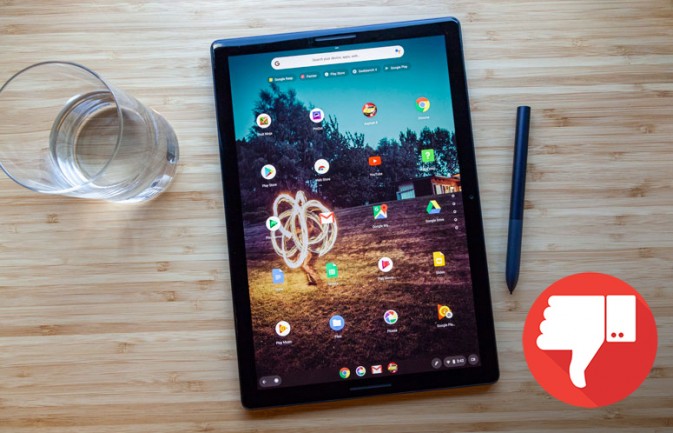
It's expensive, even at entry level
It's nice that Google makes a $599 Pixel Slate that's more affordable than the $999 model we recommend, but that cheaper model's stuck with a Celeron CPU, which is strictly for those with lower needs. For $400 less, you can get the Celeron-powered Samsung Chromebook 3, currently selling for $197 on Amazon. Oh, and then you'd need to spend another $199 to get that lovely keyboard. So, your starting price is $798 if you want a keyboard, which that cheap Samsung Chromebook includes at its sub-$200 price. Credit: Laptop Mag MORE: Google Pixel Slate - Full Review
Henry was a contributing writer at Laptop Mag. He penned hundreds of articles, including helpful how-tos for Windows, Mac, and Gmail. Henry has also written about some of the best Chromebooks, and he has reviewed many Apple devices, including various MacBook Air laptops. He is now a managing editor at our sister site Tom's Guide, covering streaming media, laptops, and all things Apple.
